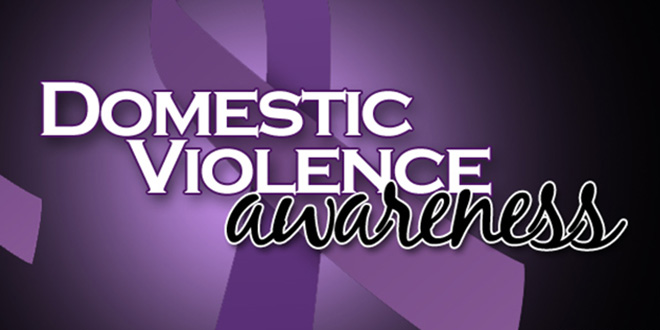By Dr. Jon McCaine, Bayless Healthcare
To many, October means the beginning of fall with all the beautiful, bright colors of the turning leaves. For others it’s the coming of holiday season. But those involved in domestic violence prevention acknowledge October as Domestic Violence Awareness Month (DVAM).
According to a U.S. government survey, 53 percent of victims were abused by a current or former intimate partner. One-third of all victims were abused by a spouse, while 14 percent said that the abuser was an ex-spouse.
Domestic violence is often met with silence.
Why?
People outside the family hesitate to interfere, even when they suspect abuse is occurring because they have often been threatened and are fearful as well. Many times the truth is hidden even from the extended family or they are concerned that getting involved will make thinks even worse. It is common for abusers to threaten to harm the family or friends of their partners if they are informed about the abuse or asked to help. Silence prevents the truth from being revealed and help from being provided.
In honor of Domestic Violence Awareness Month in October, we need to teach the next generation that violence is wrong, and make a commitment to prevent domestic violence from occurring in the homes of our communities.
How?
By getting educated and breaking the silence
What is domestic violence?
Domestic violence is any kind of behavior that a person uses to control an intimate partner through fear and intimidation. It includes physical, sexual, emotional, verbal, and economic abuse. Some examples of domestic abuse include:
• Physical assault
• Threats to kill or harm
• Marital rape
• Humiliating Name-calling and insults
• Threatening and harming pets
• Destruction of property
• Forced isolation from family and friends
Who is impacted?
Despite what many people think, domestic violence can happen to anyone. It occurs within all age ranges, ethnic backgrounds and economic levels. And while women are much more commonly the victims of abuse, approximately 10% of victims of abuse are men.
Domestic abuse prevention
In the most dangerous cases of domestic violence the only real solution is for the abused partner to develop plan to leave the relationship that will insure her safety as well as the ongoing safety of her children, friends, and family. A “coordinated community response” of public education and involvement by of law enforcement, social services agencies, domestic violence advocacy programs and concerned individual citizens can help reduce domestic violence and provide safe options for abuse partners and their children.
If abuse continues to you or a family member, resources are available. It is recommended you contact the 24 hour National Domestic Violence Hotline (1-288-799-7233) or the Arizona Coalition Against Domestic Violence (ACADV) (602) 299-2900 Mon-Fri 8:30am- 5:00pm for emergency shelter, assistance, and ongoing support services.
Domestic violence is serious public health problem that poses a threat to the safety and welfare of our families and communities. During October, we hope not just raise awareness about domestic violence but to provide “freedom from fear ” by breaking the silence and restoring hope and safety to those living often in secret agony within the walls of abusive homes.
For more information, visit www.azadv.org.






